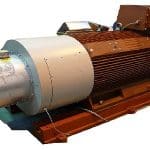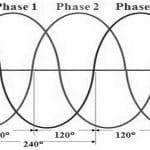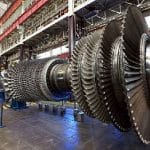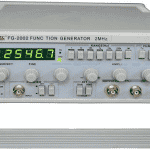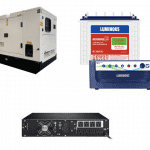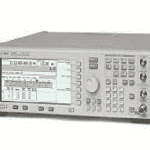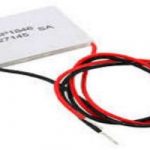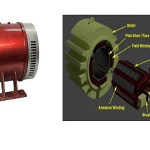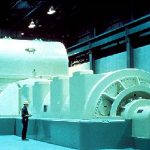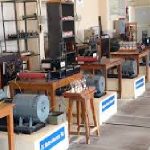Induction generators have become very popular choices to use in various applications because they are capable of operating at variable speeds & handling fluctuating loads. So these generators have an assuring future within renewable energy systems as well as other applications because of their ongoing investigation & efforts in development. As development efforts and investigation address the challenges which are associated with these generators … [Read more...]
Three Phase System : Connections, Advantages & Its Applications
In an electrical circuit, there are two kinds of systems available; 1-phase (single phase) & 3-phase (three phase). In a 1-phase circuit, the flow of current will be only a single wire and also a neutral line to complete the electrical circuit thus, the least amount of power can be transmitted within a single phase. Here the generating station and load station will also be single phase. In the year 1882, a new development was done on the polyphase … [Read more...]
Turbo Generator : Construction, Working, Types, Specifications & Its Applications
The history of the turbo generators dates back to late 1800s when Charles Algernon Parson developed the first steam turbine which uses high pressure stream to rotate a shaft that was connected to the generator. In simple terms, the first turbo-generator is an electrical generatorthat was powered by water turbines. The breakthrough allowed for much more efficient generate of electricity compared to the traditional steam engines which were bulky and had … [Read more...]
What is Function Generator : Block Diagram & Its Applications
A function generator is one of the most useful devices in the electronic domain. In modern-day, electrical terminology, troubleshooting is the most important concept and the under analysis needs multiple controllable signals to simulate the normal functionality. This requirement is easily resolved by a function generator where they can provide various kinds of signals. The first function generator was designed by Robert Brunner where is a minimal … [Read more...]
Difference between Generator, Inverter and UPS
One of the major problems that people are still facing these days is an irregularity in power distribution. So, to get rid of this problem, technology has provided us many approaches and various devices. The most general technologies that are used for this purpose is generator, inverter and UPS. Even these devices are extensively used in many household and commercial applications to standardize power deregulations, each device has its own capacity, … [Read more...]
What is a Signal Generator : Types & Its Applications
The initial and commercial type of signal generator was invented in the year 1928 where it supports a frequency range of 500Hz - 1.5 MHz and in April 1929. The initial commercial frequency standard type signal generated was promoted by General Radio with a supporting frequency of 50 kHz. Coming to the first application of this device, an HP 200B audio kind oscillator was used for the calibration of Disney’s breakthrough stereo sound systems that were … [Read more...]
What is a Thermoelectric Generator : Working Principle & Its Applications
The thermoelectric generator is a device, where electric energy is produced directly from heat energy. They are also called Seebeck generators since they used the Seebeck effect to produce power. In conventional power plants, like thermal power plants, nuclear power plants, fuel is used to heat the water. Generally, coal is burnt in that process. After the water starts boiling, and converted into steam, at high pressure, this steam is used to rotate the … [Read more...]
Know the Differences between DC Shunt Motor & DC Shunt Generator
In the scope of electrical technology, a parallel circuit is described to be shunt. Direct current motors and generators where the armature and field windings are parallelly connected are termed as DC shunt motors and DC shunt generators. Fundamentally, a similar machine can be utilized as motors and generators. The foremost variation in between these devices is that in the DC shunt motor the input is of electrical energy and the output is mechanical … [Read more...]
What is a Steam Turbine : Working, Types & Its Applications
Steam turbines are available from the past 100 years and these are manufactured and used in different plants like the combined cycle, fossil power, nuclear plants. The first steam turbine was designed in the year 1884 by Sir Charles A. Parsons. This turbine was simply generated 7.5 KW of energy and used in Newcastle, England for lighting an exhibition. At present, steam turbines can generate above 1,000 MW of energy which is used in major power plants. The … [Read more...]
What is an Excitation : Types and Its Working
Excitation, the literal meaning is different in each stream of science and humanity. It is an increased activity of cells/organs in biological science in chemical science it is increased activity of various molecules and so on. In electrical engineering, the magnetic effect of current and its field which is known as excitation and only after an electrical machine gets excited it is ready to perform other functions like rotation/motoring or generation, etc. … [Read more...]
